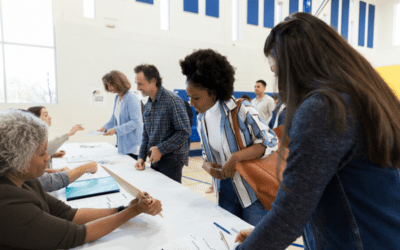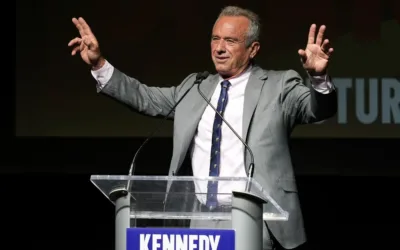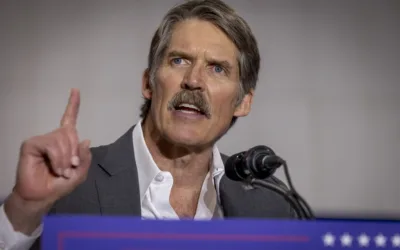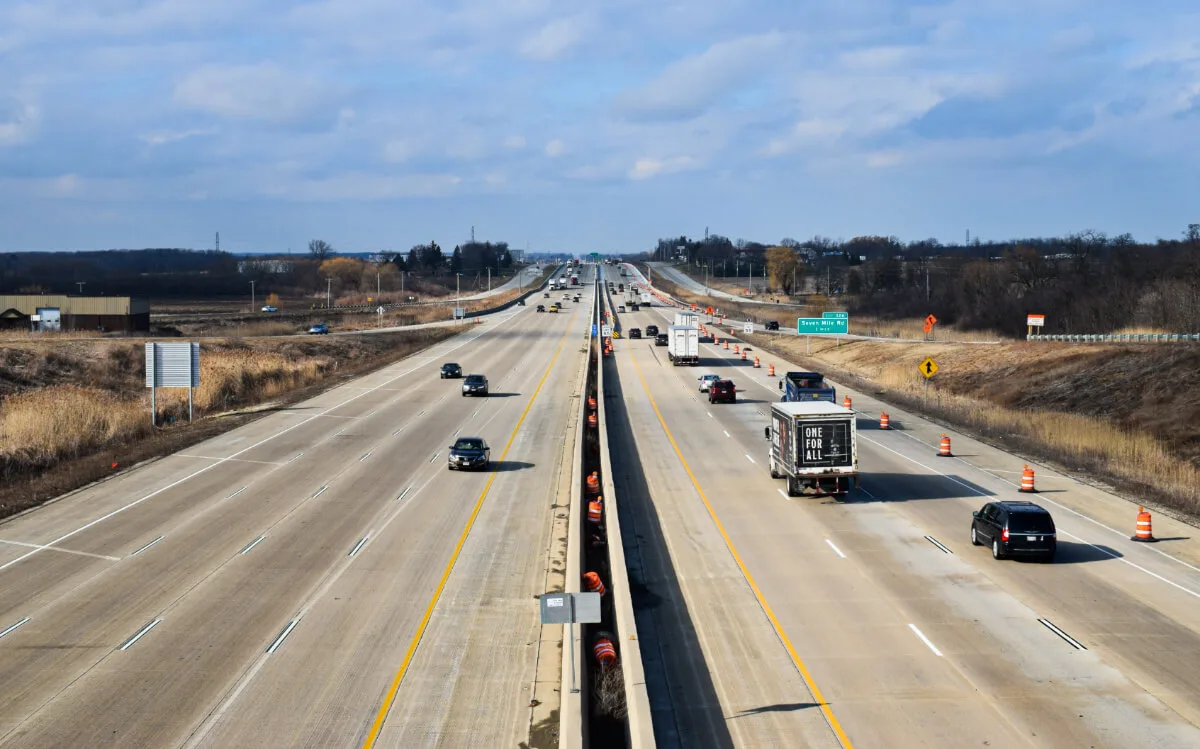
#image_title
‘Safer at Home’ order coming Tuesday to reduce interaction and threat of the contagion spreading further.
Yes, that rush hour traffic really has been a lot lighter lately. But not light enough.
The effects of coronavirus on travel in the Madison and Milwaukee areas have been immediate and drastic, Wisconsin Department of Transportation data obtained by UpNorthNews shows.
Days after Gov. Tony Evers declared a public health emergency, daily traffic volume fell by an average of 20 percent on Interstate 41/94 between the Illinois state line and Milwaukee and 27 percent on I-94 between Milwaukee and Madison, the data shows. There was more traffic this year for the first week of March than last year, but that number quickly fell off.
“The COVID-19 outbreak is affecting traffic on these corridors,” DOT spokeswoman Mae Knowles wrote in an email. However, it is unclear exactly how much of the decline can be directly attributed to the pandemic, she said.
The traffic-volume declines were calculated by comparing the first and third weeks of March 2019 and 2020 using the most recently available daily traffic data through March 19. There are 11 continuous data collecting sites between I-39 in Madison and the Marquette Interchange in Milwaukee, and four sites between the state line and Milwaukee.
At an I-94 collection site near Highway 26 in Johnson Creek, daily traffic fell from about 42,000 cars on March 1 to less than 30,000 on March 15, a nearly 29 percent decrease, just three days after Evers’ emergency declaration. Drops were similarly dramatic across the board.
But as health officials race to flatten the curve, still too many people are disregarding social distancing, Evers said Monday in a series of tweets announcing a “Safer at Home” order.
“Here’s the bottom line: folks need to start taking this seriously,” the governor wrote. “People across our state are still out and about unnecessarily that are putting our friends, our neighbors, and our communities at risk.”
The order will close most businesses temporarily, causing further financial hardship after previous government actions closed taverns and restricted restaurants to inside sales only. Many other companies have shut down because of a lack of customers as more people remain home to keep from spreading the virus.
During a press conference Monday, Evers said his order is necessary to try to slow the number of positive COVID-19 cases that now number 416 in Wisconsin.
If the state had continued as-is, hospitals would have been overwhelmed by mid-April and 87,000 people would have died, according to projections from Covidactnow.org, a website created by medical professionals, tech developers, and U.S. Rep. Jonathan Kreiss-Tomkins, D-Alaska. While the site’s modelling has limitations, its aim is to spur action in officials.
With a shelter-in-place policy, the state’s hospitals are estimated to not be overloaded. But the model still projects 3,000 deaths under that “better” scenario.
Jake Lindgren will lose his job for now at Avalon Floral in Eau Claire when the flower shop closes its doors beginning Tuesday. He acknowledged getting by without his income for the foreseeable future will prove challenging.
Despite the temporary business shutdown and his job loss, Lindgren praised Evers’ action to restrict people getting together. Enacting more strict limitations is the best way to prevent people from gathering and further spreading COVID-19, Lindgren said, expressing frustration at the number of people congregating in locations such as parks and stores.
“If we all just buck up and stay home like we’re supposed to, we can maybe avoid a spike (of COVID-19),” he said. “People seem to think if it’s just two or three people getting together, it’s fine. But that isn’t OK. The longer people keep acting like that, the longer this is going to last.”
Wausau resident Laura Thompson feels similarly. She said she has been upset by the number of people “acting as if this is no big deal” and worried stronger action like the governor’s order was needed to convince some people to take COVID-19 more seriously.
“People need to realize that the more they are out in public, the more they interact, the greater the chance this virus keeps getting spread around,” she said.
Julian Emerson contributed to this report.

New Biden rules deliver automatic cash refunds for canceled flights, ban surprise fees
In the aftermath of a canceled or delayed flight, there’s nothing less appealing than spending hours on the phone waiting to speak with an airline...
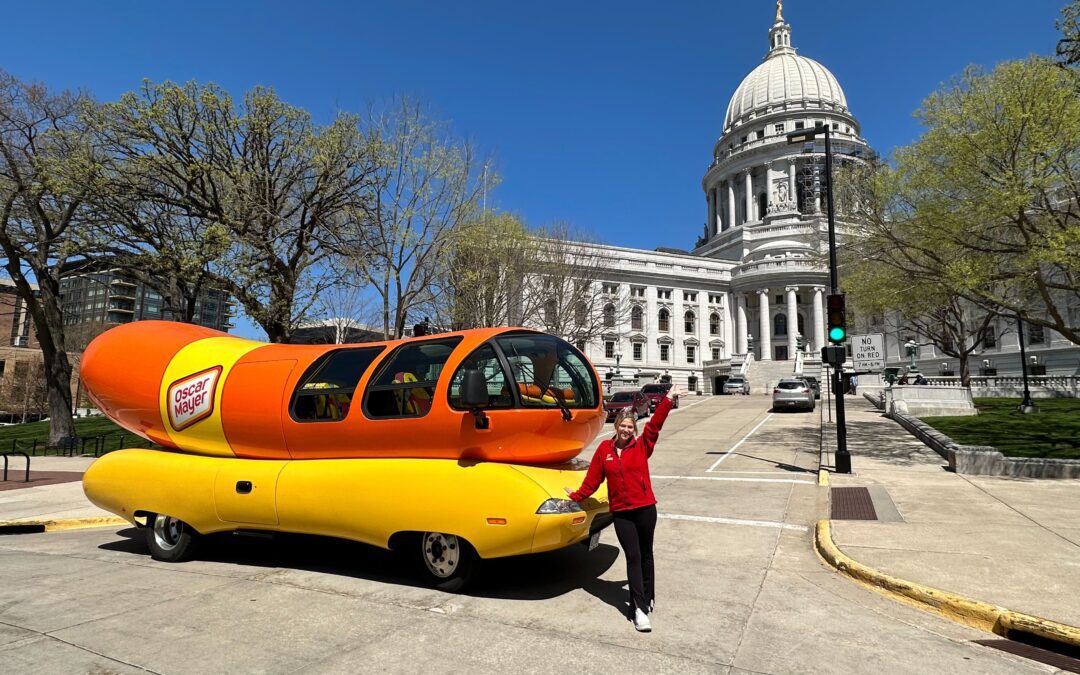
One year on the Wienermobile: The life of a Wisconsin hotdogger
20,000+ miles. 16 states. 40+ cities. 12 months. Hotdogger Samantha Benish has been hard at work since graduating from the University of...

Biden makes 4 million more workers eligible for overtime pay
The Biden administration announced a new rule Tuesday to expand overtime pay for around 4 million lower-paid salaried employees nationwide. The...
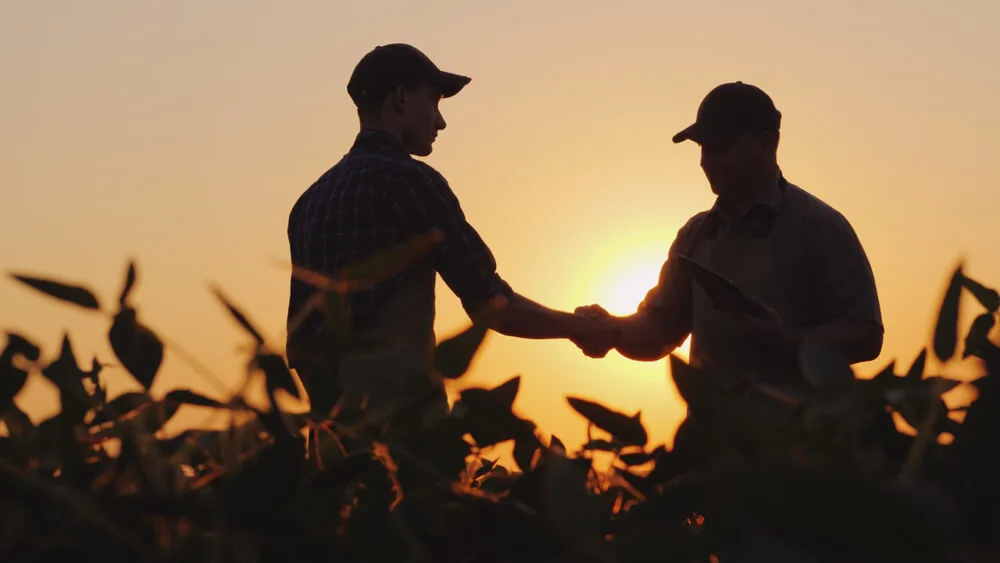
‘Radical’ Republican proposals threaten bipartisan farm bill, USDA Secretary says
In an appearance before the North American Agricultural Journalists last week, United States Department of Agriculture (USDA) Secretary Tom Vilsack...


